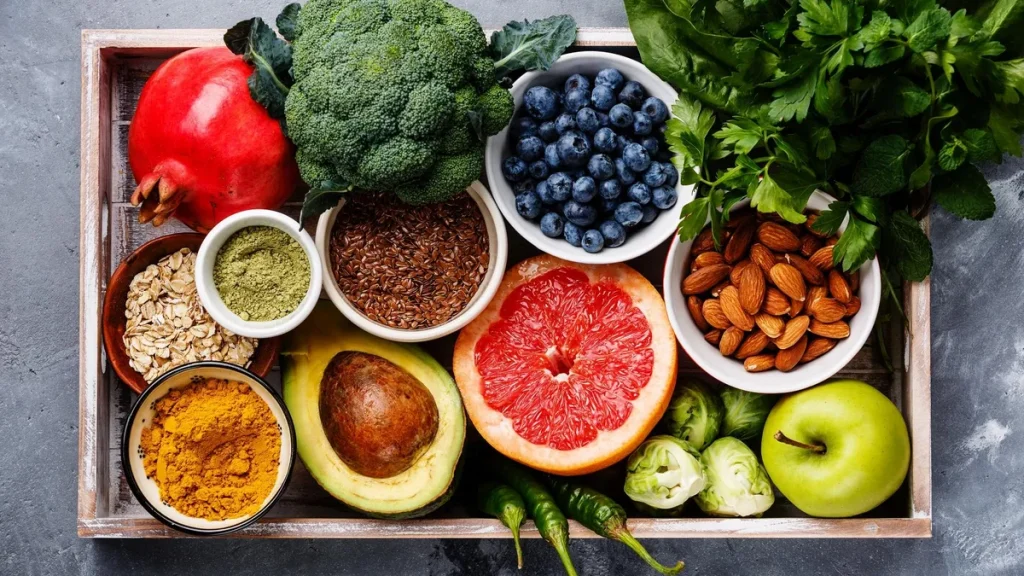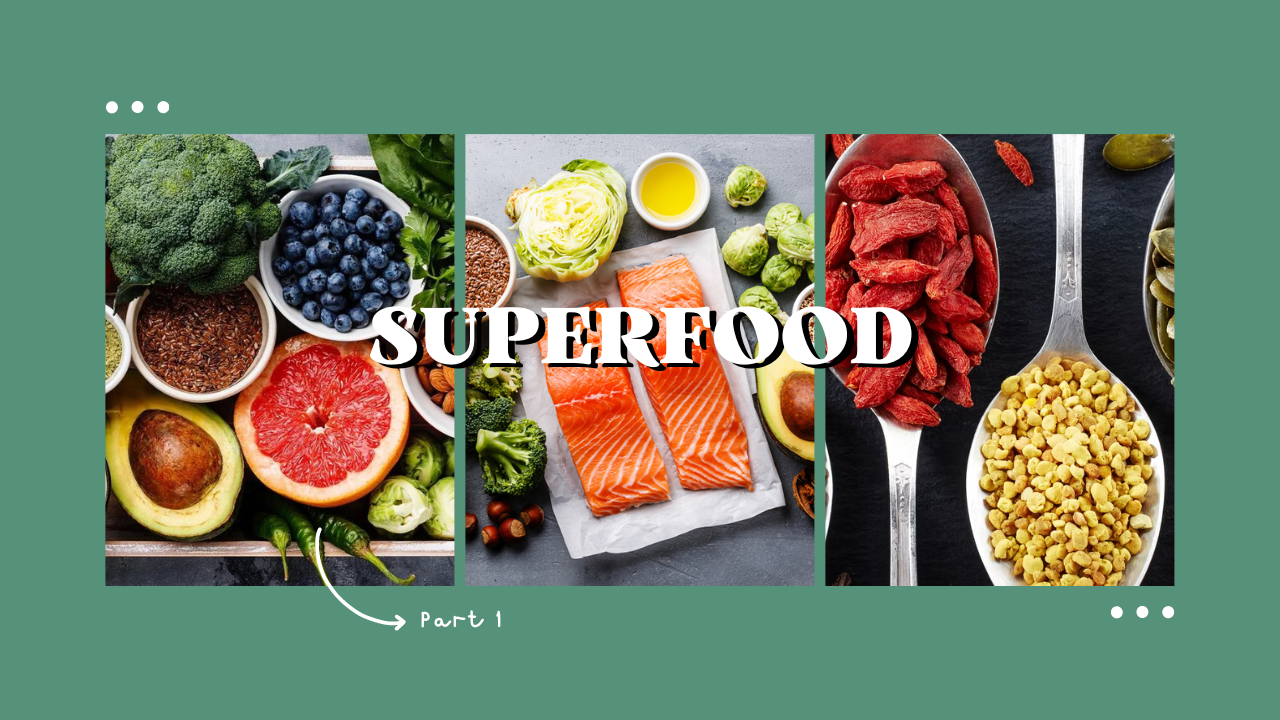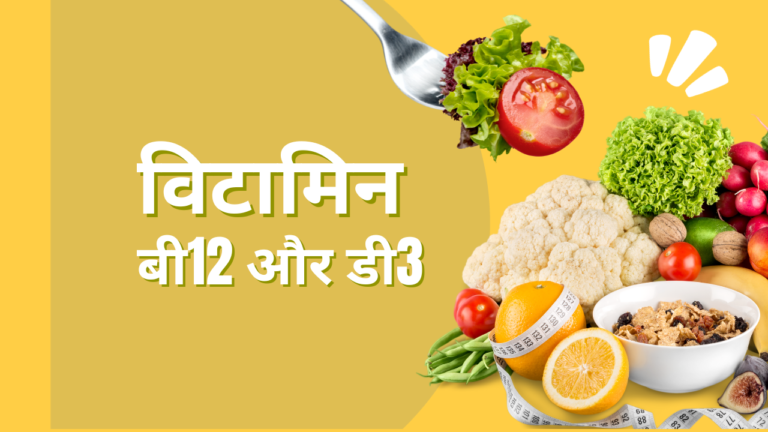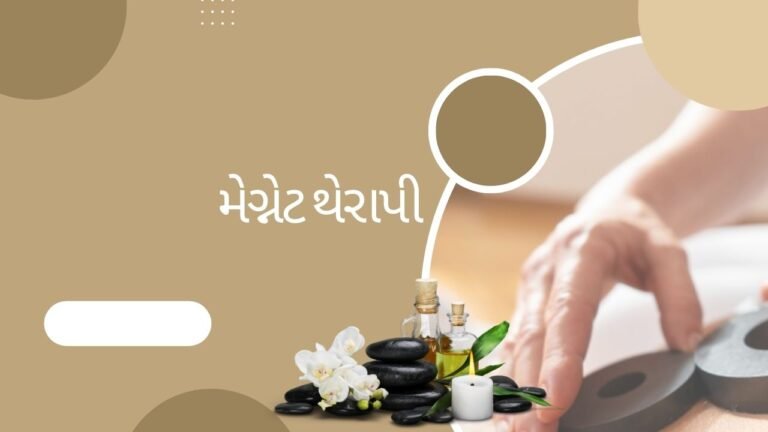Superfoods (part 1)
Superfood
Food is a basic necessity to live. Food is what provides nutrition, energy, and stamina to our bodies. So, food is what digests and provides nutrition to our bodies. Food is medicine. Our food should be organic when we are having before that whatever we will be eating should be digested. If our body cannot absorb the nutrients of the supplements, we eat though it might be organic it leads to deficiency of the same. Hence, our bodies should be radical-free, and detoxed, and should have digestive immunity. So, one is responsible to eat nutrients rich diet and should have supplements which they lack. If your outside food is providing you richness to the body make sure your internal system is much healthier to digest it.
India is the most sunlight-sourced nation people here still face B12 and D3 vitamin deficiency. Adopting Western culture has become a trend in India. People without research on their bodies accept the foods that people follow in other countries which find to be attractive for them instead of seeing their internal ability to digest those particular supplements.
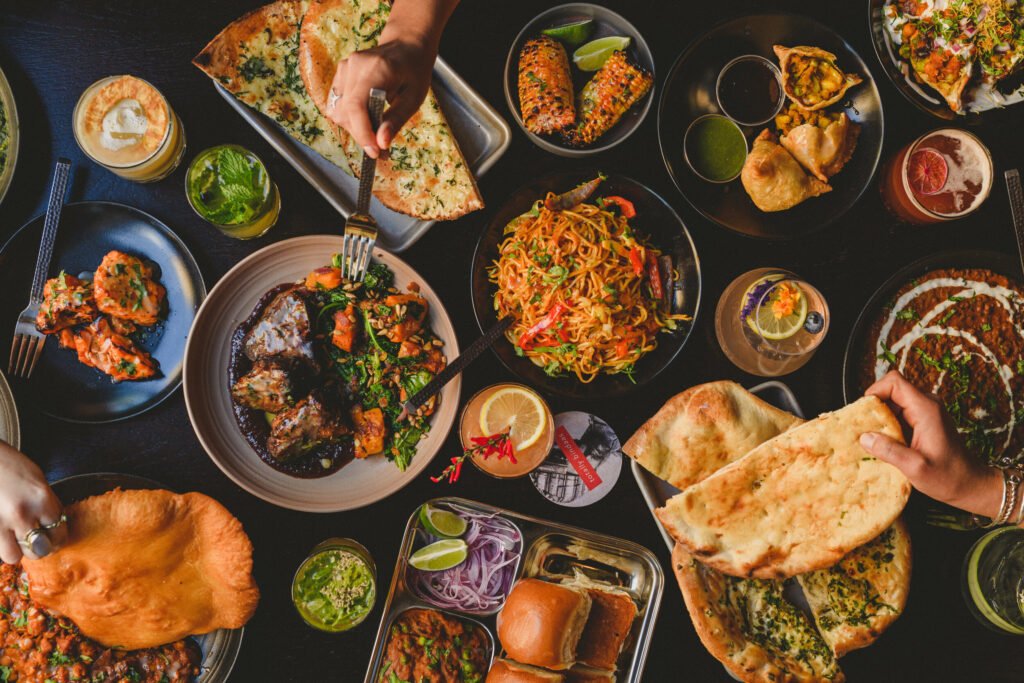
Soya bean is a South-African food that is rich in protein. People in India are eating that in high numbers as a protein source. The villagers and the rural parts of India see this food as a protein for the animals giving milk.
What is a superfood for us?
The food which is available on a seasonal and regional basis is the superfood for us.
SUPERFOODS REGIONALLY AVAILABLE
For example:
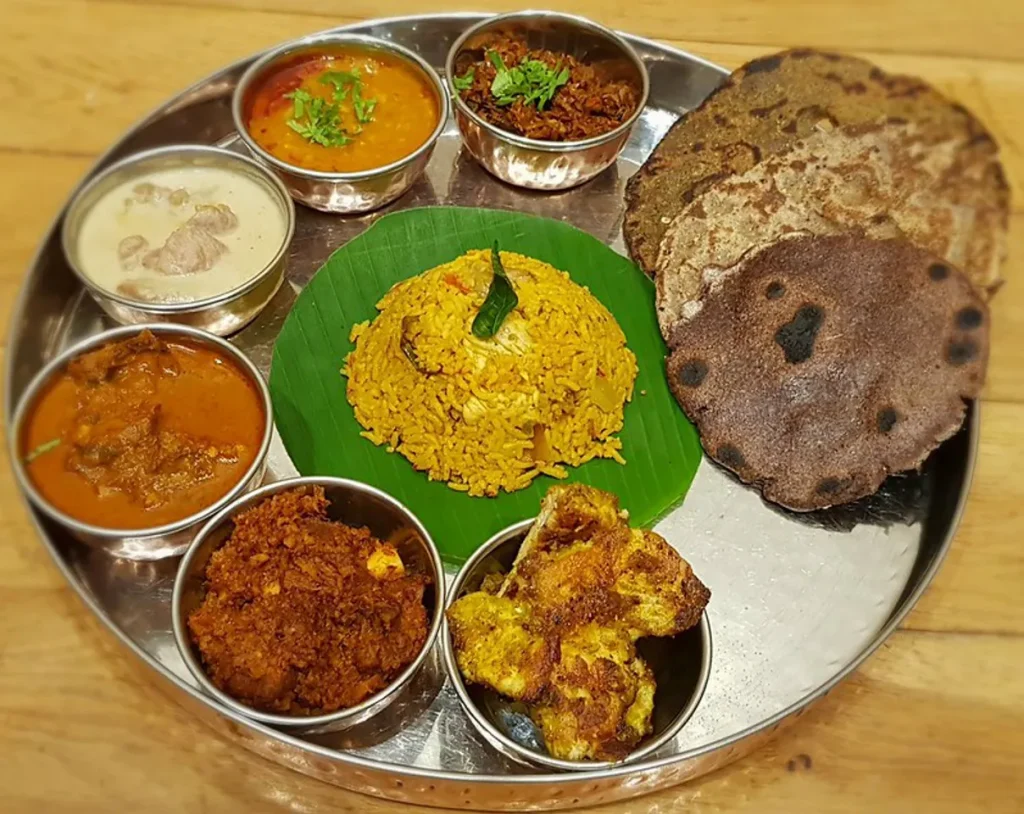
Maharashtra has jowari (Sorghum) and ragi (Finger millet) grown in large numbers. These are the superfood for the people living in Maharashtra. It is grown there naturally and is suitable for them and for their structure. Similarly, the people living in the southern part of India have coconut and rice grown in large numbers. This is available to them in plenty and has grown largely.
Do not run for the special superfood and buy online which is easily available for you and is also pocket friendly is the superfood for you. The speciality of that region is the superfood.
For example:
To gain fat, carbs, and protein you can recommend your patients to eat 10–15 almonds daily. If not, then you can recommend peanuts which are easily available.The banana is the most consumed food in all parts of the world. It is a powerhouse of nutrition. Bananas are easily available in India and many parts of the world.

But people do not promote that instead the trendy and special fruits that are nowhere grown in India suddenly have been suggested by the people. about their benefits. Suggesting seasonal fruits and nuts would be very much beneficial for the patient to boost immunity and the needed deficiency.
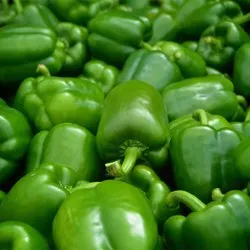
Looking at the market price of capsicum which we eat daily whereas the ones consuming yellow and red bell peppers cost much more than the ones which are locally available. The price of Zucchini is higher than that of cucumber. Similarly, having bread daily would be better than having pizza daily.
The mindset of people is that if they pay more amount, they would get higher protein. This is a myth. To change taste sometimes you can switch your daily food to different. But keeping in mind it shouldn’t be in your daily account of food consumption. The grains which are available for our daily consumption for roti, bhakri, or rotla regionally and seasonally are Punjab has wheat, Maharashtra has ragi and jowar, Gujarat has bajra, and as such many other states have their particular available grains grown.
BARLEY
According to science, jowar (barley) in grains is highly recommended because that is rich in protein. It is rich in fibre. It is cool in nature. One cannot get acidity or constipation by eating it. It is good for digestion due to being rich in fibre. Its glycemic index is low which is beneficial for the diabetes patient to consume.
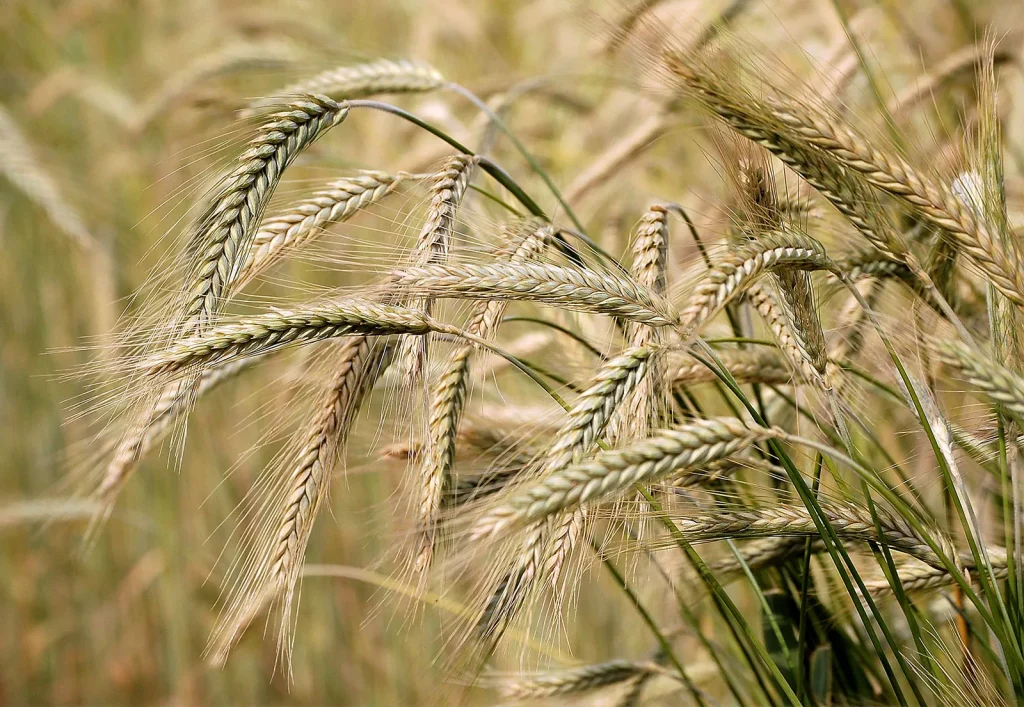
It is loaded with antioxidants which are very much useful for our body. They’re also rich in magnesium. Good for the heart and those suffering from kidney disease. The ones suffering from renal disease should only consume barley and no other grains.
RAGI
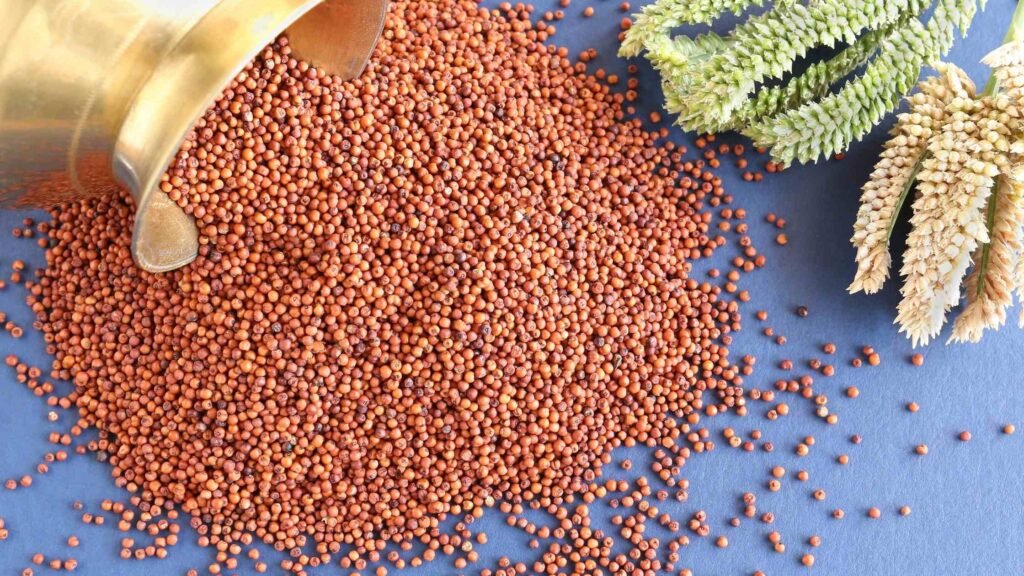
The second grain that is recommended is nachni (ragi/finger millet). This is highly rich in calcium. Ragi is a powerhouse of calcium. If you want to cover up calcium in a day then you can consume it.
If the children in your house don’t eat ragi make some form of it as such ragi cookies and ragi cakes as per their demand. For breastfeeding mothers, ragi is much more useful. They prefer shakes so instead of milk and combining fruits use ragi and the other combination of fruit. To balance nutrition or cover up the deficiency of the family make use of ragi in everyday diet. Ragi also gives us digestive potassium. To pregnant women who cannot produce enough milk for the baby, they can feed ragi water to the baby which is a healthier substitute for breast milk. For women, it is good for hormonal balance and works as anti-ageing property. As considering internal factors ragi is useful equally it is beneficial for external factors too. Using ragi as a scrub can glow the skin. It also removes blackheads.
AMARANTH
Ramdana which is also known as amaranth. It is mostly used by Indians during fast. It is used as flour too. It is also a complete superfood in India. It is a well-balanced food item and rich in nutrients.
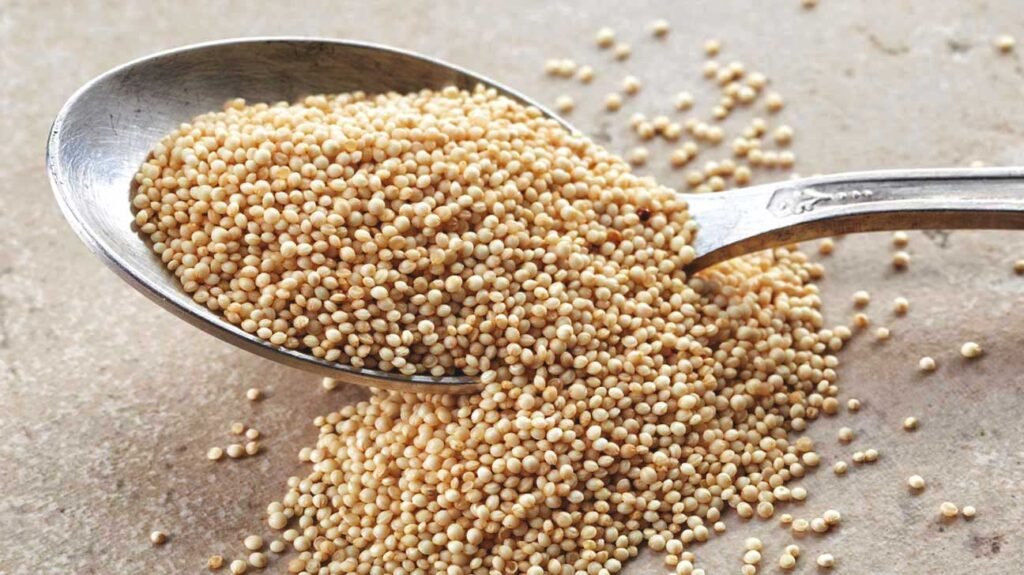
Earlier, the sages used to keep fast, and they used to give relief to the digestion process. And on the same day, they were advised to eat something, so they preferred the flatbread/ roti out of it or alternative it to cover up all nutrients. The consumption of it during fast makes the digestion process faster. Even in general it is easy to digest.
